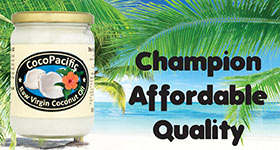|
|
Food, Behaviour and The Junk Food Generation - 2009 |
|
A conference organised by Food And Behaviour Research (www.fabresearch.org) in Brighton in March. Cressida Boyd reports. |
Effects of dietary change
How essential fatty acids can affect learning behaviour
There is a clear gap between the depth of knowledge and how we practically, responsibly and sustainably improve diets, especially in lower income areas. The conference was supported in part by Efamol, producers of easy to swallow omega oils capsules. www.efamol.com Also present were another company specialising in oils: Barleans organic oils: www.barleans.com. They also make flavoured oils for children. Click here for more articles Click here for LINKS to manufacturers of nutrition and food supplements.
First Published 2009 |








